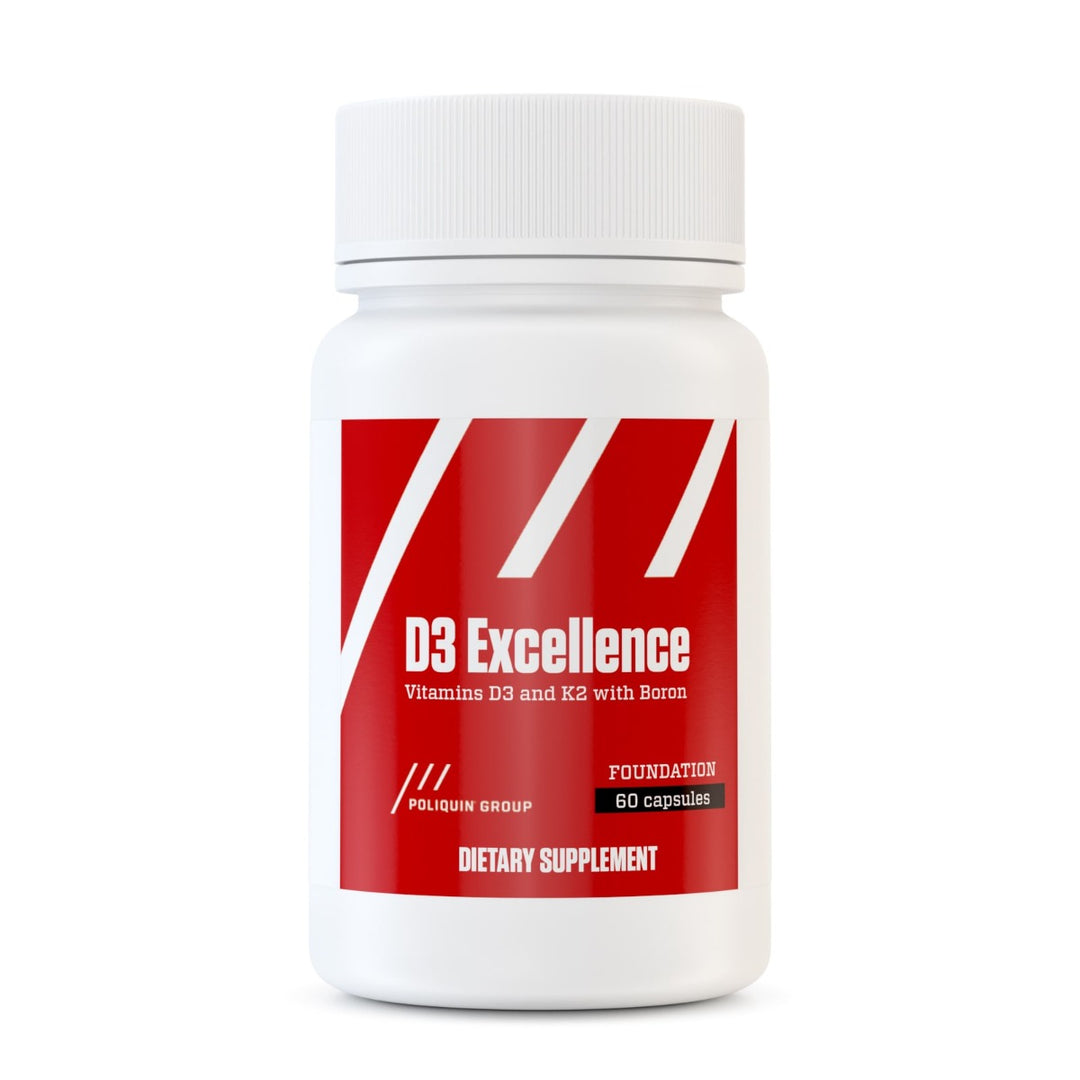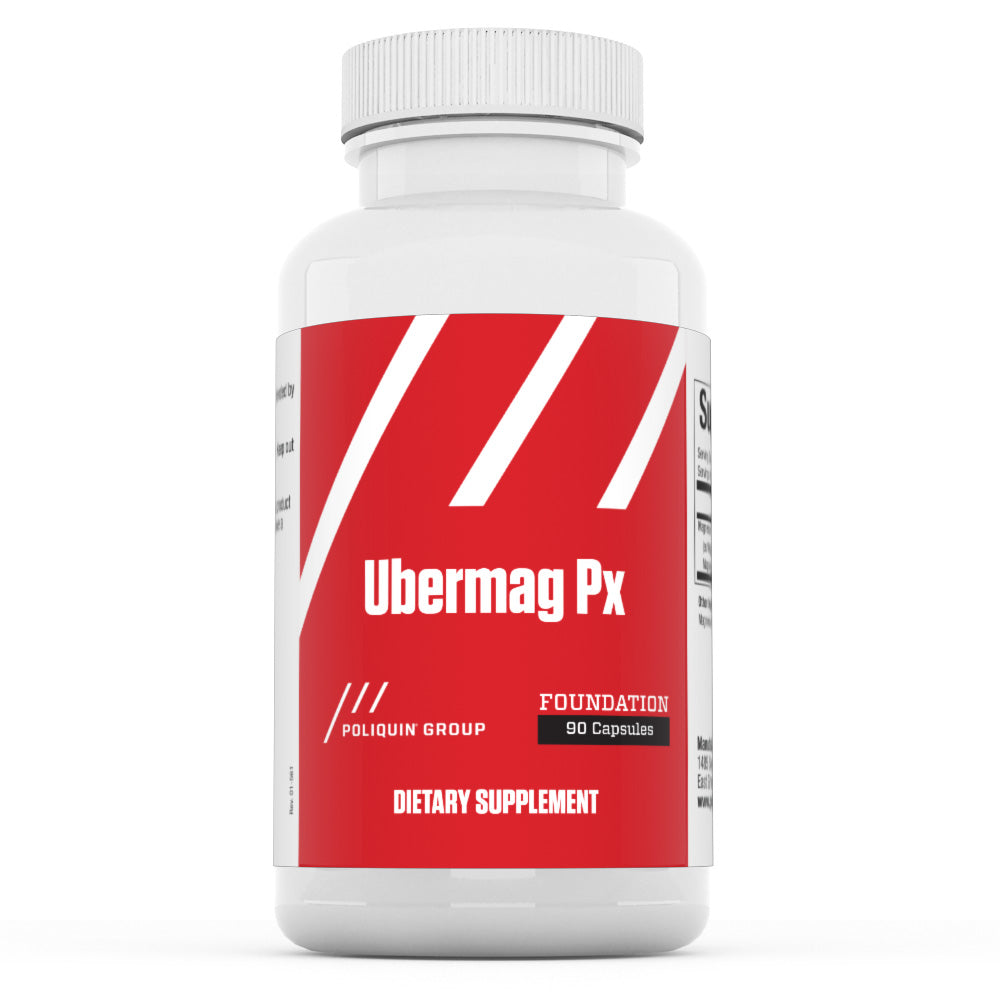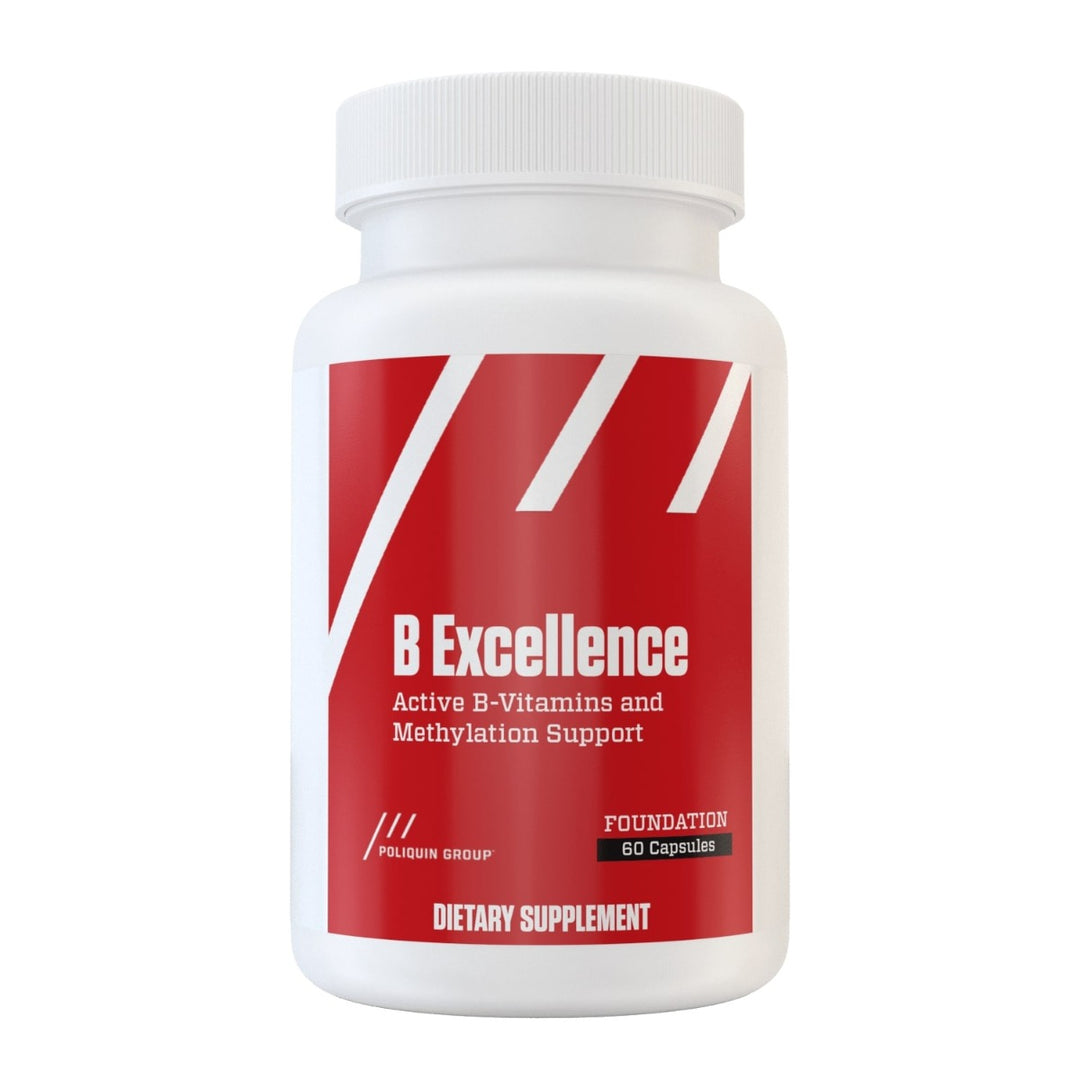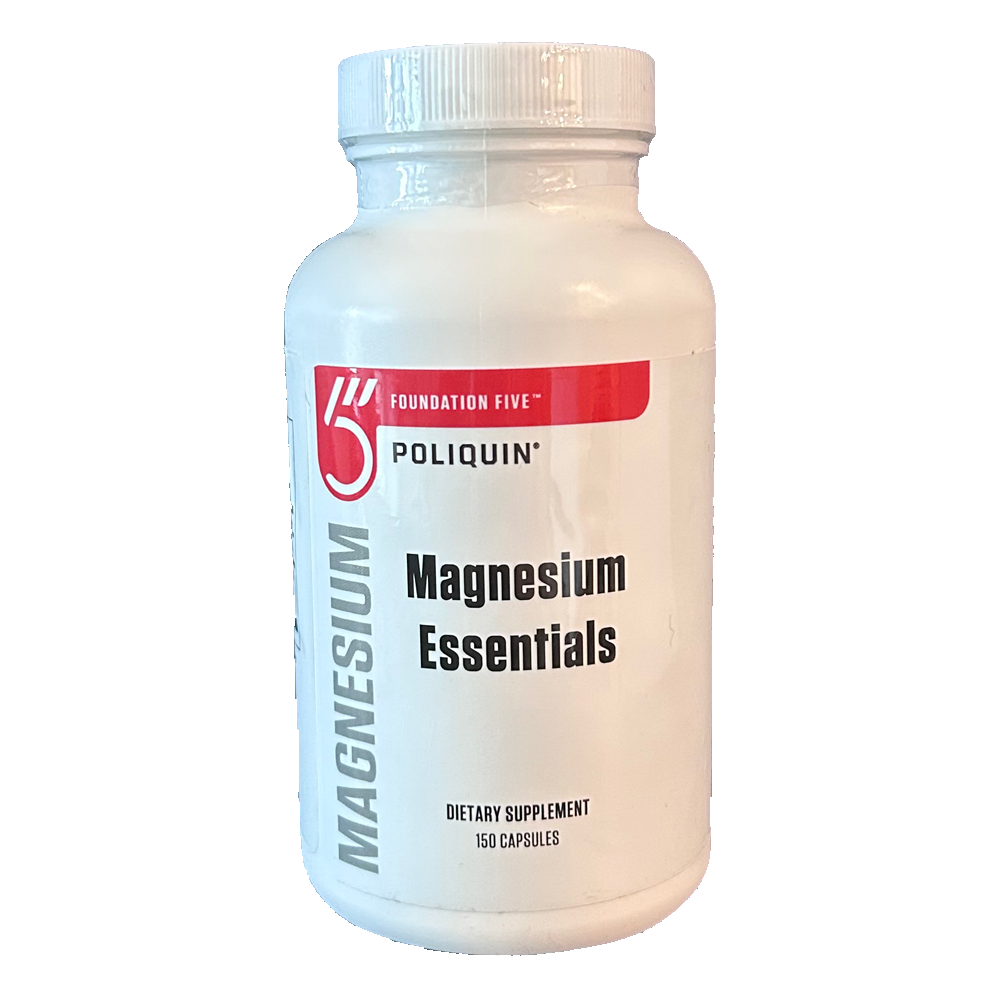Ten Healthy Exercise Adaptations At Your Fingertips: Optimize Your Body For A Leaner, Better Quality of Life
When most people think of reasons to work out, a better body composition is usually front and center in their minds. Stress reduction or training for a competition are also often at the top of the list. These are all great reasons, but what you might not be aware of is all the other incredible adaptations you get from a regular training routine.
With this in-depth list of exercise benefits, you shouldn’t have any trouble finding the motivation to get you into the gym and keep you coming back for more!
#1: Increased Fat Burning = Healthier Metabolism
Exercise, especially the higher intensity variety, is a potent catalyst for improving the body’s ability burn fat. Whey you train hard, the body releases more growth hormone and adrenaline, both of which drive fat burning. Additionally, the body develops more enzymes that are necessary for the body to mobilize and burn fat for energy.
How It Pays Off: Metabolic flexibility, or the ability to switch between burning fat and glucose, is necessary for health and weight management because it means you will have steadier energy levels, fewer food cravings, and won’t be a slave to carbohydrates.
#2: Higher Stroke Volume = Better Heart Function
Stroke volume is the amount of blood pumped from the left ventricle with each beat. It’s an important determinant of cardiac output, which refers to how efficient your heart is. With exercise training, stroke volume increases dramatically whereas heart rate decreases (since the heart becomes more efficient) and you get a net increase in cardiac output.
How It Pays Off: The more blood your heart is able to send out into circulation, the better off you’ll be because every molecule of blood carries oxygen and nutrients to your muscles and organs. A higher stroke volume correlates with better cardiac function and it is a primary reason that exercise is so beneficial for the heart.
#3: Increased Motor Unit Recruitment = Greater Strength
The motor unit is comprised of the muscle fibers and the neuron in the brain that activates it, causing a contraction. Muscle fibers are recruited based on size. The greater number recruited during any unique contraction, the stronger you are. The key is that in order to be able to utilize higher threshold motor units, you have to progressively train them with heavy weights. A novice who walks into the gym will only be able to activate a small portion of their motor units. This is one reason why you are relatively weak when you begin training.
How It Pays Off: The more motor units you recruit, the stronger you are. The more strength you have, the faster and more powerful you can become from subsequent training. You can also benefit aesthetically because targeting the highest threshold motor units means you are activating a greater amount of muscle tissue, which leads to increased muscle development.
#4: Improved Vascularity = Lower Resting Blood Pressure
Exercise is a godsend for lowering blood pressure. First, it improves vascular function by enhancing the quality of the tissue that makes your blood vessels flexible and capable of responding quickly when different muscles or organs demand more oxygenated blood. Second, exercise training increases production of compounds like nitric oxide that regulate the size of blood vessels. In simple terms, the more nitric oxide available, the greater dilation of vessels, allowing for less pressure in the vascular system.
How It Pays Off: If your blood pressure is high, it is putting extra strain on the heart, requiring a more forceful contraction in order to keep blood circulating. Over time the strain causes the arteries to become thicker and less flexible. Exercise can prevent all this misery, keeping your arteries healthy and lowering the chronic load on the heart.
#5: Greater BDNF = Enhanced Brain Function
Only recently have scientists identified a protein called brain-derived neurotrophic factor (BDNF) as a primary reason for improved cognition following exercise. BDNF plays a role in maintaining healthy neurons and creating new ones. It’s believed that proteins secreted by muscle cells during training stimulate the release of BDNF, which in turn increases neurological health and function.
How It Pays Off: BDNF may protect against degenerative brain disorders like Alzheimer’s and Parkinson’s while also improving learning and memory recall. One study found that when older individuals did aerobic exercise for 6 months, they performed better on memory tests that consisted of remembering a list of 15 random words. Another study found that easy cycling helped young people learn new material faster than if they studied at a desk.
#6: Increased Protein Synthesis = Greater Metabolic Rate
All types of resistance training trigger an increase in protein synthesis, which is the body’s way of making new tissue. Satellite cells (basically dormant cells in the muscle fiber) are activated and provide the nucleus for muscles to grow. The new tissue is typically bigger and stronger than before.
How It Pays Off: You get the obvious benefit of greater muscle definition for a more sculpted body but you also get an increase in your body’s metabolic requirements, meaning you have increased calorie needs. Muscle is an “expensive” tissue and it requires more energy to maintain than fat, which is why experts stress the necessity of training with weights when trying to reduce body fat. Muscle mass is also associated with longevity and survival rate of various disease, especially cancer.
#7: Less Sensitivity To Pain = Greater Pain Tolerance
Exercise changes our experience of pain, allowing us to tolerate significantly more of it. First, there’s the acute, pain-killing effect of intense exercise during which the brain releases opioids that provide the “runner’s high.” Then, there’s the long-term pain-reducing effects whereby exercisers can endure pain for a longer period before it becomes intolerable. Scientists don’t know exactly how this works but they think that exercise teaches the brain to cope with pain, possibly lowering the negative emotional reaction we have in a similar way as morphine does.
How It Pays Off: Pain is a reality as we age and anything that can lower our discomfort will help us live a better quality of life. It may sound counterintuitive, but it also provides a big motivator for people who are in chronic pain to exercise.
#8: Increased Bone Mineralization = Stronger Bones
All types of exercise that “pound” or “load” the body will stimulate osteoblasts, which leads to the development of new bone. This makes strength training, jumping, stair climbing, and running all great for bone health. On the other hand, walking, cycling, or elliptical training don’t overload the joints sufficiently to prevent the natural loss of bone that occurs as we age and training modes like swimming actually lead to the loss of bone of bone over time because the buoyancy of the water reduces the loading stimulus on the body.
How It Pays Off: The strength of your skeleton is a major predictor of longevity and highly mineralized bones are crucial for a long, productive life because they help you avoid fracture from a fall. They also provide a reservoir of nutrients for the body to pull from to maintain pH in a healthy range, which is necessary for avoiding disease.
#9: Stronger Connective Tissue = Healthier Joints
Similar to how resistance exercise builds muscle, it triggers increases in connective tissue. For example, training full squats in which you go all the way down to the point where the hips are below the knees builds connective tissue that has a “wrapping effect,” protecting the knee joint throughout the full range-of-motion. Exercise also leads to the release of anti-inflammatory compounds in trained joints, which translates into greater fluid cushioning the joint capsule. For instance, runners have higher levels of synovial fluid in the knees, which counters inflammation and aids in healthy function.
How It Pays Off: Aching knees, a painful shoulder, or an uncomfortable hip can put a major hamper in your quality of life. Instead of turning to over-the-counter meds and joint replacements, the proper training program is all you need to keep you healthy and active, whether on the sports field or as the years go by.
#10: Greater Glycogen & Creatine Storage = Increased Athletic Performance
Your muscles store glycogen (a form of carbohydrates) and creatine (a short-term energy source supplied in animal products) for fuel. These substrates provide the energy needed for you to do everything from getting out of bed to walking up the stairs to going for a run.
For brief, intense exercise, such as lifting an air conditioner off the floor, the muscles use creatine. For longer duration movement, the body burns glycogen. The catch is that both are a finite resource. Your body can only store so much, and at least in the case of glycogen, once it’s used up, your physical capacity is reduced until you eat a meal. Your body can shift over to burning fat, but fat is a slower burning energy source so intensity will be reduced.
How It Pays Off: Exercise significantly increases your body’s ability to store creatine and glycogen, giving a larger pool to pull from. With greater glycogen storage, endurance capacity is enhanced (you’ll have a greater chance of completing a marathon without hitting a wall). As creatine stores increase, you have a greater capacity to build strength and muscle.











